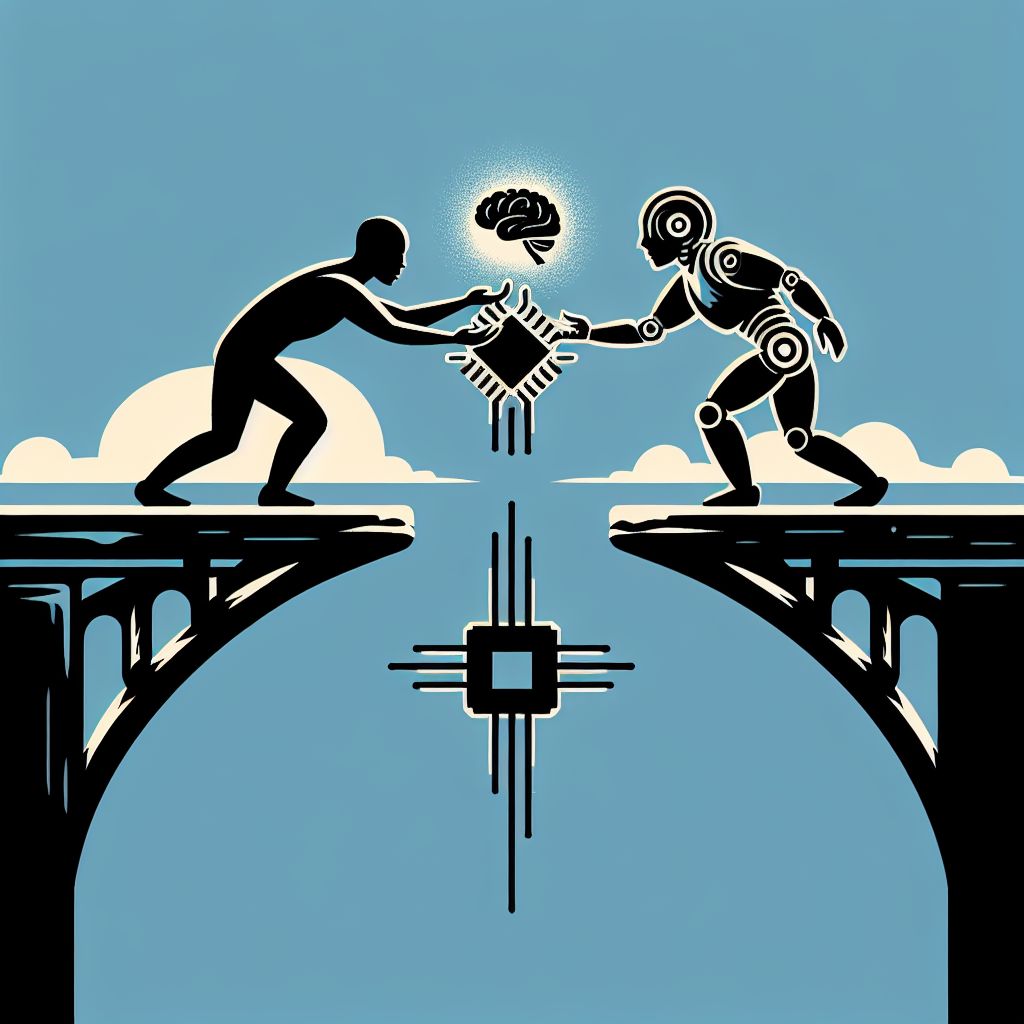AGI: Bridging the Gap Between Human and Machine Intelligence
Artificial General Intelligence (AGI) is a term that refers to a type of artificial intelligence that possesses the ability to understand, learn, and apply knowledge in a manner similar to human intelligence. While most current AI systems are designed to perform specific tasks, such as image recognition or language translation, AGI aims to replicate the broad range of cognitive abilities found in humans.
The development of AGI has been a long-standing goal in the field of artificial intelligence. Researchers have been working towards creating machines that can think and reason like humans for decades, with the hope that these systems could eventually surpass human intelligence in a wide range of tasks.
Bridging the Gap Between Human and Machine Intelligence
The potential applications of AGI are vast and diverse. From healthcare and education to finance and transportation, AGI could revolutionize industries and improve the quality of life for people around the world. Here are a few ways in which AGI could bridge the gap between human and machine intelligence:
1. Problem-solving: One of the key strengths of AGI is its ability to solve complex problems by analyzing vast amounts of data and making decisions based on that information. This could be particularly useful in fields such as medicine, where AGI could help doctors diagnose diseases more accurately and recommend personalized treatment plans.
2. Creativity: While many people believe that creativity is a uniquely human trait, AGI has the potential to generate new ideas and solutions that humans may not have considered. This could be valuable in fields such as art and design, where AGI could help create new works of art or innovative products.
3. Learning: AGI systems have the ability to learn from their experiences and improve their performance over time. This could be particularly useful in education, where AGI could personalize learning experiences for students based on their individual needs and preferences.
4. Communication: AGI systems could help bridge the gap between different languages and cultures by translating conversations in real-time. This could facilitate communication and collaboration between people from different parts of the world, leading to greater understanding and cooperation.
5. Automation: AGI has the potential to automate a wide range of tasks that are currently performed by humans, such as driving cars, managing finances, and even writing articles. This could free up human workers to focus on more creative and strategic tasks, leading to increased productivity and efficiency.
FAQs
Q: How is AGI different from other types of artificial intelligence?
A: While most current AI systems are designed to perform specific tasks, AGI aims to replicate the broad range of cognitive abilities found in humans. AGI systems have the ability to understand, learn, and apply knowledge in a manner similar to human intelligence.
Q: What are the potential risks of AGI?
A: One of the main concerns surrounding AGI is the potential for these systems to surpass human intelligence and act in ways that are harmful to humans. There are also concerns about the ethical implications of AGI, such as bias and discrimination in decision-making.
Q: How close are we to achieving AGI?
A: While significant progress has been made in the field of artificial intelligence, we are still far from achieving true AGI. Researchers continue to work towards creating machines that can think and reason like humans, but there are many technical and ethical challenges that need to be addressed before AGI becomes a reality.
Q: How will AGI impact the job market?
A: AGI has the potential to automate a wide range of tasks that are currently performed by humans, leading to concerns about job displacement. However, many experts believe that AGI will also create new job opportunities in fields such as AI development, data analysis, and robotics.
In conclusion, AGI has the potential to revolutionize the way we live and work by bridging the gap between human and machine intelligence. While there are still many challenges to overcome, the possibilities offered by AGI are truly exciting. It is important for researchers, policymakers, and the public to engage in discussions about the ethical implications of AGI and work towards ensuring that these systems are developed and used responsibly.

